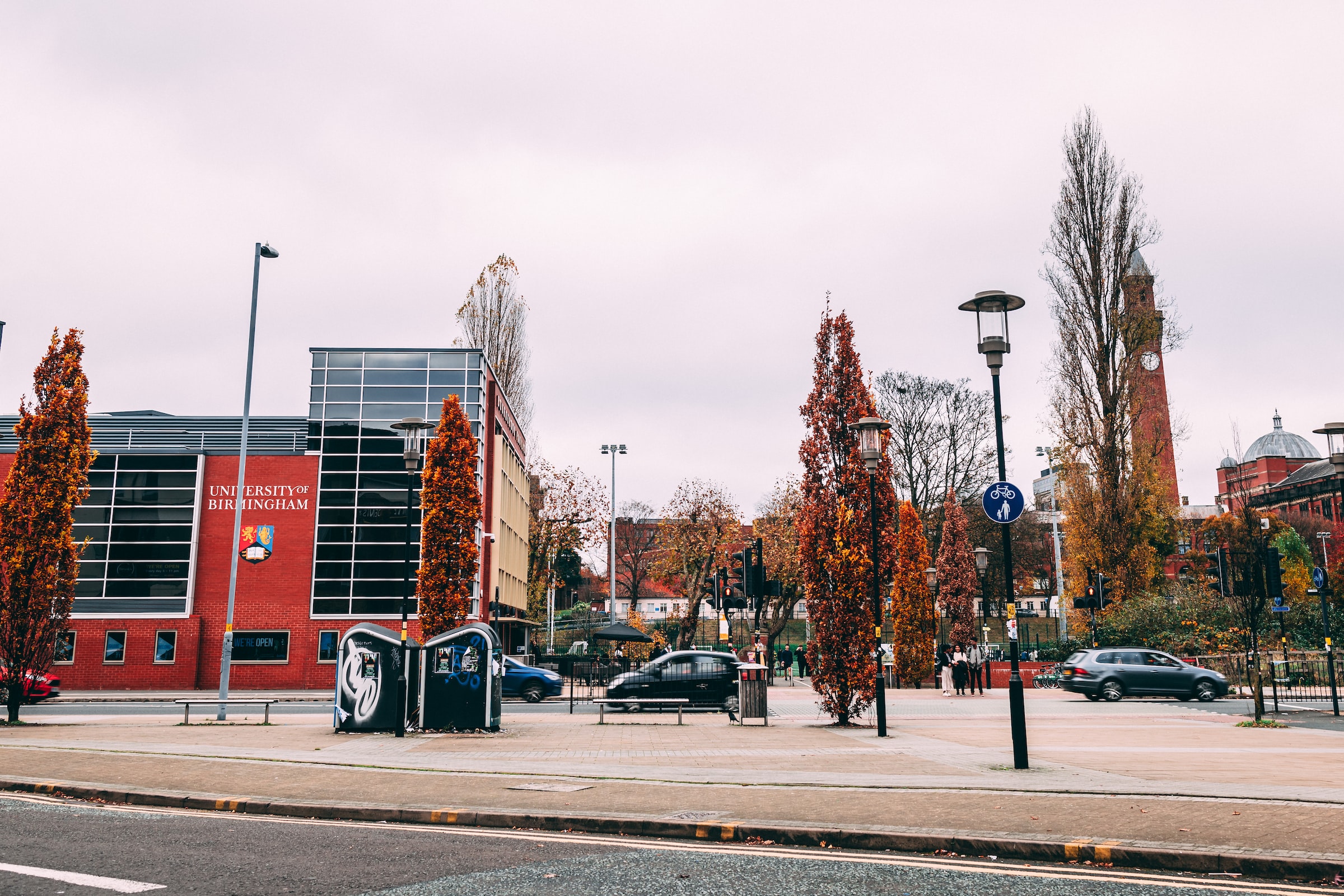
Culture Writer Frankie Rhodes relates her experience at Bangladesh @ 50, a variety showcase in celebration of the country’s rich cultural heritage and to mark the 50th year of its independence
After hosting a whole day of free events to celebrate 50 years of Bangladeshi Independence, including poetry, crafts and themed food, the Midlands Art Centre invited visitors to their newly furbished outdoor theatre for a variety showcase. When I arrived, the atmosphere was bustling, with crowds queueing up for samosas and entering the theatre in vibrant traditional dress to watch the performance. The MAC, Sampad and the Purbanat, Gronthee and Radharaman Society promised an evening of entertainment celebrating Bangladeshi pride through dance, music and theatre.
Whilst I am no stranger to the MAC, it is important to note that I am not familiar with Bangladeshi culture. I became interested in the Victory Day festivities after conducting research on an internship with Art at the Heart, an arts organisation in the Midlands who are also hosting a cultural project based on 50 years of Independence. I arrived to the MAC excited to be introduced to different styles of live performance, and from the moment I walked in, I felt welcomed into the celebration.
“…from the moment I walked in, I felt welcomed into the celebration
The hosts greeted us in both English and Bengali, and throughout the evening they varied the order in which they spoke, so as not to privilege either language. This multilingual aspect also came through in the performances, which began with an appearance from the Sonia Sultana Dance Company. With dazzling jewellery, traditional green and red saris, and hand-held lotus flowers, the dancers perfectly established the vibrant, festive feel of the evening. Dancing to a song that was described as ‘introducing Bangladesh to the world’, the four women made elegant shapes as a group that complimented the patriotic nature of the song.

Next, we were introduced to a live band, which was particularly impressive compared to the electronic soundtrack of the first number. The genre was described as Bangla and Sufi folk music, which included a Bansuri, keyboard and Korka drums. While the drums kept a lively beat, the Bansuri flute offered interesting melodic phrases that formed my favourite part of the ensemble. It was also great to see members of the audience singing along to the vocal numbers.
Another highlight was a duo dance performance between a male and female dancer, which featured elements of mime. While the synchronised poses of the group dancers had been impressive, these two dancers interacted with each other in a manner that felt more spontaneous. Ghungroos (anklets fixed with bells) worn by both dancers also created an immersive shimmering sound.
The Sonia Sultana Dance Company returned on stage for a few more dances, this time accompanied with props such as wicker fans and vases to evoke a sense of storytelling. This was followed by Gouri Choudhury, an award-winning singer who has led choirs and taught young women music across the world. Her soft high voice provided an interesting contrast to the heavy beat of the accompanying band, and she impressively played an Autoharp alongside vocals. During her final song, she encouraged members of the audience to gather and dance in front of the stage, which many (bravely) chose to do!
After a short set from another female vocalist, Jessy Barua, the RadhaRaman Society took over with a performance that encompassed folk music, spoken word and dance. Lead singer Admed Kaysher led with an inspiring speech that he was ‘proud of being British Bengali here in the UK’, before thanking the various acts that had come ‘from all corners of this country’. The following set included romantic poetry, translated in English before being sung in Bengali.
“I still found myself wanting more (dare I say it) “variety” from this variety showcase
While the emergence of spoken word towards the end of the evening was a refreshing addition, I still found myself wanting more (dare I say it) “variety” from this variety showcase. Having said that, Sampad delivered an evening that was consistent and engaging, complete with subtle lighting that matched the colours of the performers’ costumes. For me, it was a brilliant introduction to a rich and vibrant culture, and for many members of the audience, it was evidently a welcome chance to celebrate their heritage together.

Enjoyed this article? Read more from Redbrick Culture here:
South Asian Heritage Month: What To Read
Censorship Strikes Hong Kong’s Book Fair
Comments